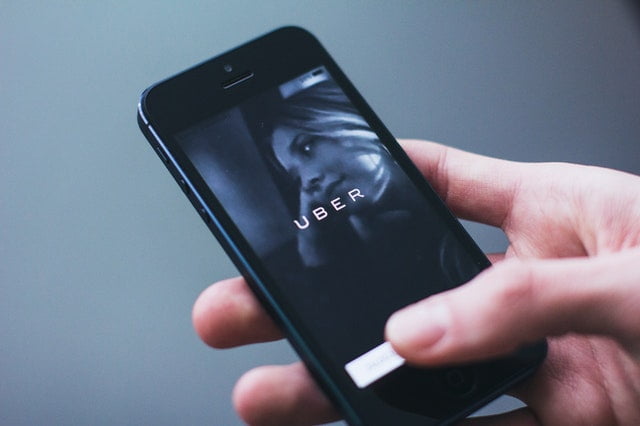Technology is always moving forward. Humans have an inherent desire to make our world better, which means devising products and services that make our lives easier. In many cases, that’s a good thing.
Think about what we’ve achieved in the past centuries: cars, planes, the internet, improved medical capabilities that prolong our lives. There’s a lot to like, and we should feel proud of our inventiveness.
At the same time, technology can have its drawbacks. Let’s look at four tech examples and talk about their pros and cons.
Smartphones and Texting
Smartphones and their texting capabilities are a perfect example. On the surface, smartphones are great. You can use one to:
- Order food without needing to talk to anyone
- Shop for groceries, furniture, clothing, and many other products
- Send emails and texts to family, coworkers, and friends
You can do thousands of things with a smartphone, as you now have the internet’s power at your fingertips. That’s wonderful, but there are also potential drawbacks.
For instance, texting and driving is dangerous. Your phone can distract you, with fatal results.
Hackers can also access your phone if you use public Wi-Fi, and you’re careless with your passwords.
They can then access your email, bank accounts, pictures, etc. Smartphones can be useful, but you should be cautious when utilizing yours.
Telehealth
During the pandemic, telehealth is more popular than ever. Many individuals are using it for the first time. Usually, they download an app to their smartphone, and they use it to communicate with their doctor.
They can use a telehealth app to:
- Talk to their doctor about medical conditions
- Ask them questions about medication side effects
- Visit with a specialist if their situation calls for it
With Covid-19 concerns, telehealth is ideal because it allows immunocompromised individuals to avoid face-to-face interactions. These apps and this technology are undeniably saving lives.
One drawback is that some people still don’t have smartphones and computers. The older generations, in particular, might resist this technology.
Trying to get a ninety-year-old shut-in to learn how to use a telehealth app might not go so well. However, it seems evident that time will normalize this sort of tech.
Ride Sharing

Ride sharing, particularly Lyft and the ubiquitous Uber, are also very popular. They’re useful because there are plenty of individuals who don’t drive, but they still want to get around. They might want to pay more for private conveyance rather than taking a crowded bus or train.
Much like telehealth, this is a way to avoid crowds during the pandemic. Some people will certainly prefer this option. There are possible problems with these solutions as well, though.
You can never be sure how thoroughly Uber or Lyft vet their drivers. They say that they run them through a background check, but that’s hardly foolproof.
When you hop in one of these vehicles, you don’t know the driver or their background. Even if they’re not malicious in any way, you don’t know how skilled of a driver they are. You’re trusting them to some degree without having met them before.
Some people don’t think anything about hiring a ride share, but there have been reports of some drivers engaging in questionable or objectionable behaviors.
Hybrid Vehicles and Electric Cars
Over the past two decades, we’ve seen the arrival of hybrid vehicles and electric cars. We knew for decades before that electric vehicles were coming, and hybrids were an intermediate step that eventually got us there.
Hybrid cars are very dependable now. Ones like the Toyota Prius remain on the road for years, with new models more fuel-efficient than ever. There are currently many hybrid options, and there are several affordable electric cars that have joined their ranks.
The one real drawback with electric vehicles is that some people don’t trust them yet. They feel like there’s a danger that they will suddenly stop working while they’re out on the highway somewhere.
The other issue is that there still aren’t that many electric filling stations across the country. There are more in major cities, but few in rural areas to this point.
In time, that should change, and drivers will normalize this tech. In twenty years, many more people will be using electric cars, and eventually, we should completely phase out fossil fuels.
On the whole, there’s much more positive that we can say about this tech than negative. If you haven’t tried these examples out, now might be the time to do so.

